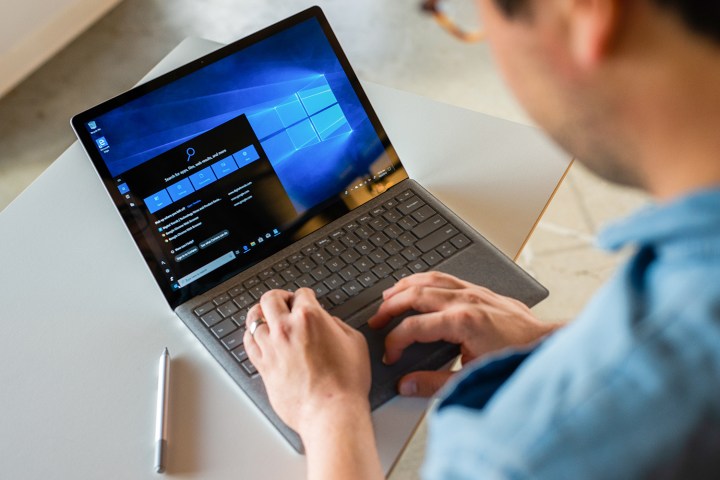
After a series of hiccups that forced Microsoft to halt its October 2018 Update for Windows 10 shortly after the initial rollout late last year, Microsoft is resuming the automatic update experience for the latest build of Windows 10. The Windows 10 October 2018 Update will be pushed out to all PCs in a phased rollout now that Microsoft has addressed all the widely reported problems related to file deletions and incompatible drivers caused by the software last year. Additionally, Microsoft is using artificial intelligence to help deploy the rollout this time around.
The October 2018 isn’t the first Windows 10 update that leans on artificial intelligence. Microsoft’s April 2018 Update also similarly used A.I. to target compatible machines first. “Our A.I. approach intelligently selects devices that our feedback data indicate would have a great update experience and offers the April 2018 Update to these devices first,” the company said at the time. “As our rollout progresses, we continuously collect update experience data and retrain our models to learn which devices will have a positive update experience, and where we may need to wait until we have higher confidence in a great experience.”
The October 2018 Update will be pushed out in stages to compatible Windows 10 PCs, and users will be prompted to install the update once the download completes. While Microsoft had made the October 2018 Update available again in November for people to manually download after it resolved commonly reported problems, the company did not automatically push out the update to everyone at that time.
“We are now starting our phased rollout to users via Windows Update, initially offering the update to devices we believe will have the best update experience based on our next-generation machine learning model,” Microsoft wrote on a Windows 10 support page. There are more than 700 million systems running Windows 10, so it may take some time for the October 2018 update to be ready for your system. If you haven’t seen the update pushed out to your system, you can also manually check for the update by going to Windows settings, clicking on Windows Update, and then selecting Check for update.
In addition to resuming the October 2018 Update, Microsoft is already hard at work with building out some new features for a future version of Windows 10. Microsoft has been testing features such as separating Windows search from Cortana in the taskbar, improving font management with a new click and drop function to install new fonts, and improving startup times and system reliability in the latest Insider Preview build of Windows 10 that was released earlier this week to Windows Insiders in the Fast ring.
Editors' Recommendations
- The next big Windows 11 update has a new hardware requirement
- Surface Pro 10: all the major changes rumored for the new model
- Windows 11 tips and tricks: 8 hidden settings you need to try
- Microsoft announces a new threat to push people to Windows 11
- This secret Microsoft Edge feature changed the way I work


